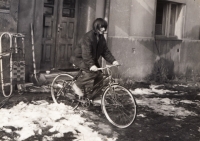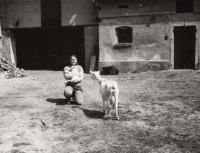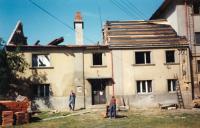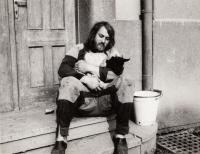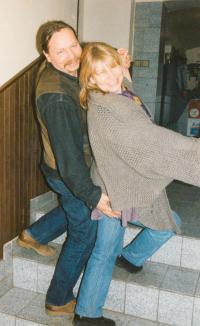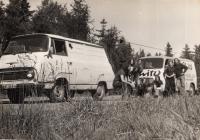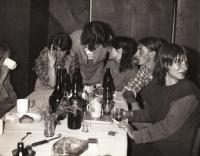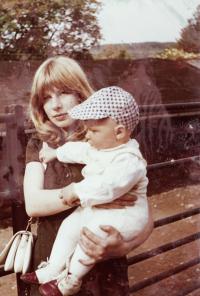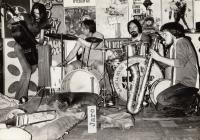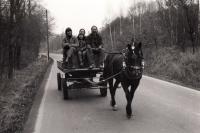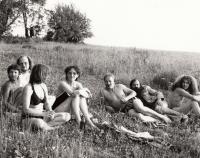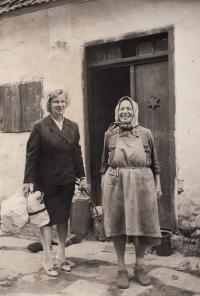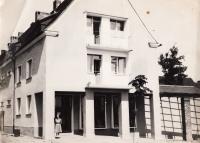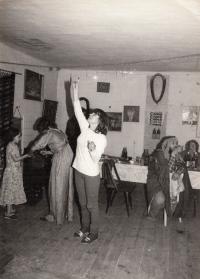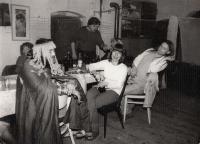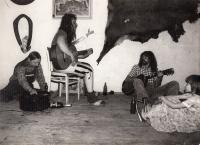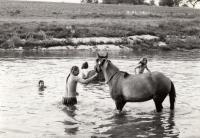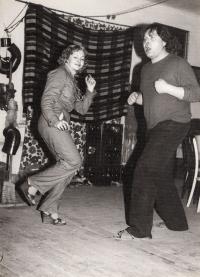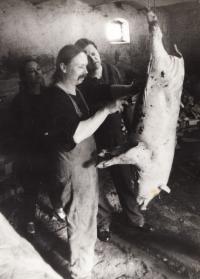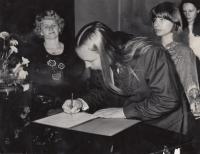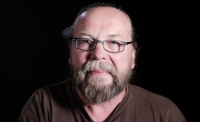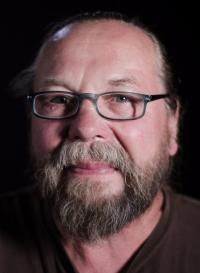The sense of helplessness that we learnt to live with was the worst thing

Stáhnout obrázek
Jaroslav Chnápko was born on 10 March 1956 in Most. Both his parents worked as blue-collar workers. In 1973, he trained to be a locksmith at the vocational school of the Litvínov Chemical Works of Czechoslovak-Soviet Friendship. His mother Hermína, née Bajanová died of gas poisoning while working in the Chemical Works. Jaroslav was one of the North Bohemian dandies, he had long hair, wore jeans, and attended concerts of illegal music where the Public Security often intervened. In 1977, he signed Charter 77 after he returned from his military service. In the same year, he, and his friends from the group around Charter together bought a building in ruins in Nová Víska and they transformed it into one of the famous underground buildings. They lived community life there, organized cultural events there and built a free area there. Jaroslav, nicknamed “Šíma” or “Šimako” by his community, participated there in the printing and distribution of the samizdat magazine “Vokno”. Nová Víska used to be watched by State Security, house searches were carried out there and the police followed both organizers and visitors of events. Communist authorities expropriated the house in Nová Víska in 1981 and they imprisoned the editor-in-chief of the magazine “Vokno” František “Čuňas” Stárka and his other friends. The majority of former inhabitants of Víska emigrated. Jaroslav Chnápko and his wife-to-be Silvestra (née Lupertová) bought an old mill in Osvračín and they tried to continue in the same spirit. They farmed, organized concerts and meetings of friends. The state tried to expropriate the building as well, and a court case concerning the issue took place in the late 1980s. Finally, the farm in Osvračín was the last house that was expropriated in October 1989 under the laws of the 1950s. However, the Velvet Revolution prevented their eviction without any compensation. Jaroslav and his wife keep on living in Osvračín, they run Vokno Gallery and they organize various social events.
